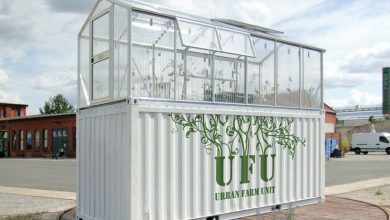Urban gardens in Buenos Aires. Urban agriculture in Argentina
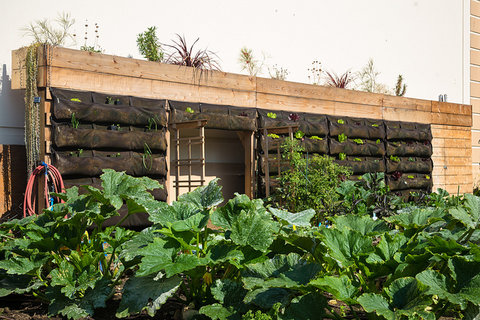
How about Agrohuerters? Today we are going to talk about some of the urban gardens that we can find in Buenos Aires (Argentina). As always, we will start knowing a little more about this city.
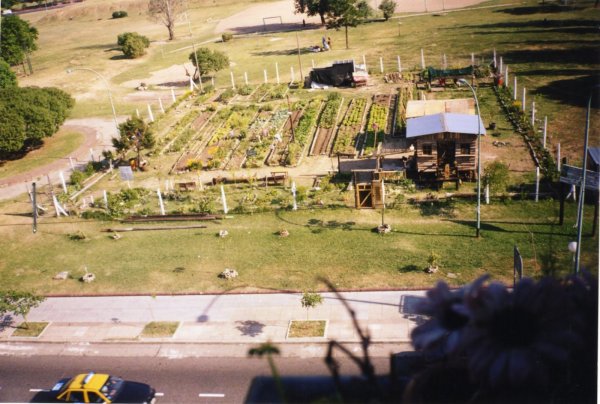
Buenos Aires, formally the Autonomous City of Buenos Aires (CABA), is one of the twenty-four federal entities and the capital of the Argentine Republic. It is located in the central-eastern region of the country, on the western shore of the Río de la Plata. The results of the 2010 census estimate the population of the city at 2,890,151 inhabitants, and that of its urban agglomeration, the Greater Buenos Aires Agglomeration, at 14,391,538 inhabitants; being the largest urban area in the country and one of the 20 largest cities in the world.The fact ofBeing a highly populated city, where a variety of cultures and thoughts coexist, has given rise to Buenos Aires being one of the cities with the greatest awareness of the importance of agroecology, an aspect that is perfectly reflected in the orchards that we will see next.
Urban gardens in Buenos Aires
Huerta de Garay or Vuelta de Obligado
It is a space for environmental education and learning about urban agriculture, inserted in the life of the neighborhood of Constitución. At the same time, it seeks to link up with other neighborhood, cultural and educational institutions with the aim of coordinating activities, as it has been doing since 2000 with schools in the area and other educational institutions. It is a center for training, promotion and dissemination in the production of healthy, rich and natural food. Its objective is to improve the quality of life of residents and visitors through horticulture, floriculture and green management in general, taught through courses, workshops, talks and various community activities.
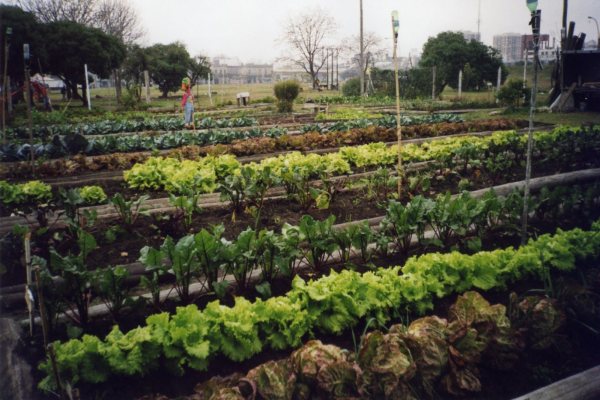
The Mburucuyá orchard
Ecological garden located under the highway, located in the Popular Library of Barracas, where activities related to ecological agriculture and environmental preservation are carried out.
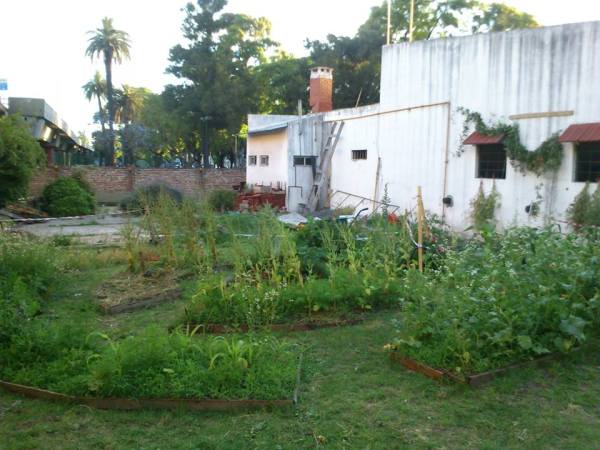
Saavedra or CUCOCO orchard
The Saavedra orchard is a space recovered in 2002 by the Saavedra Assembly. It was a vacant lot that, thanks to the work, became a neighborhood meeting place. Currently, the group Espacio CUCOCO (Cultural, Cooperative and Community) carries out activities in the place. The space is sustained through variety shows, festivals, talks, film cycles and free workshops, this implies that the contribution is voluntary. They also open the possibility of other types of exchanges according to the possibilities of each one, such as community work, food, crafts, tools, etc.
Orchard of the Corralón de Floresta
It is a small but powerful crack in the cement shell of the city, designed to preserve popular culture, learn, share, debate and cultivate. The Corralón orchard belongs, together with other political/cultural groups, to a space called “Corralón de Floresta Cultural Square”. From its inception, the garden was conceived as a space to channel a concept of life other than excessive consumption, as a place to put neighbors in contact with the land and to practice organic gardening, generally following permaculture, with the objective that the garden can serve as a didactic and experimentation tool.
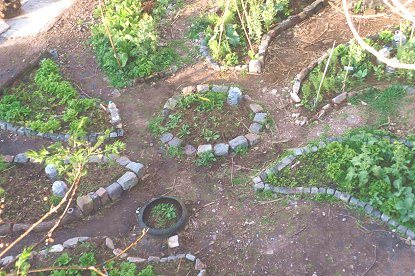
Avellaneda Park Garden
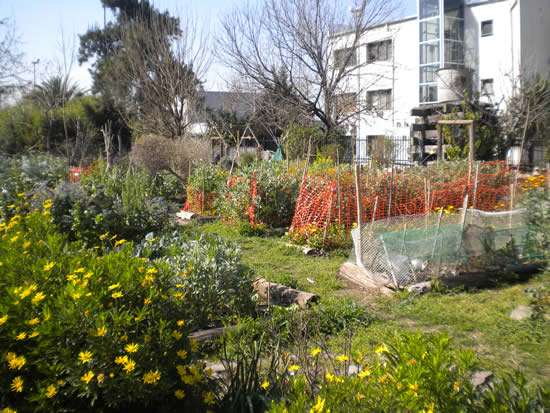
Since the year 2000, Parque Avellaneda has had an organic garden created by teachers and students where courses on gardening, bonsai, compost and vermiculture, natural agriculture, renewable energies, good agricultural practices, aromatic plants, design of urban green spaces and others are offered.. The garden is strategically organized according to the characteristics of the different plant species, and according to the functions performed by each group of volunteers, to make it easier to carry out their work.
Shed Orchard
It is a territory built based on the efforts of dozens of people who believe that there are other ways of living, rescuing the teachings of the elders, in order to feed themselves without preying on nature. Between twisted iron they gave birth to an ecological space where they work defending the planet.
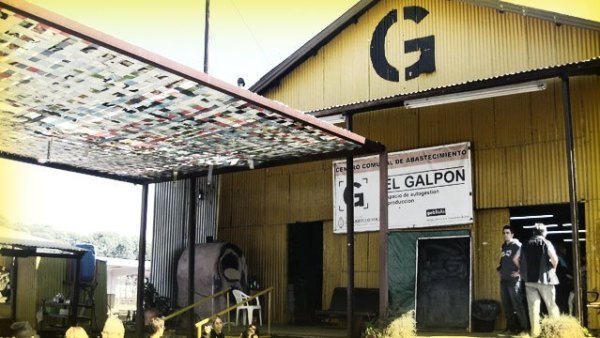
Gardens at the University of Buenos Aires
Velatropa Ecovillage
It is located hidden from the great complex of the University City of Buenos Aires, next to a nature reserve embraced by the river. Its particular attraction lies in being an oasis in nature, time and legality, where a diverse and dynamic group has spent years developing a project based on an alternative vision of life. The village has an orchard populated with tents and domes semi- hidden in the bush, as well as a mixture of libraries, food industry and recycling.
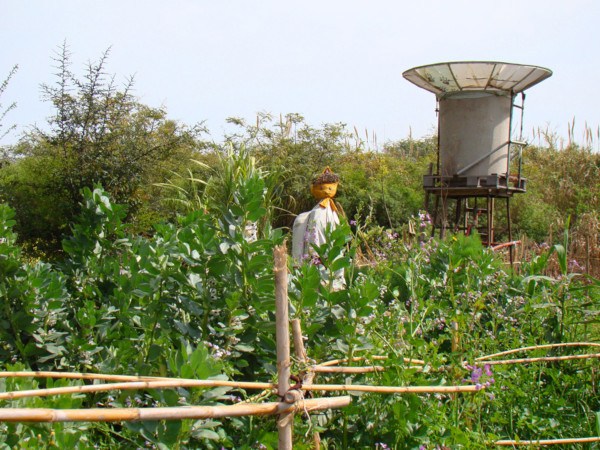
Garden of the Agronomy Student Center (CEABA)
It is an agroecological garden for students open to the community. The meaning is to participate in a space where students put into practice what they are studying while sharing that knowledge with all those who wish to participate.
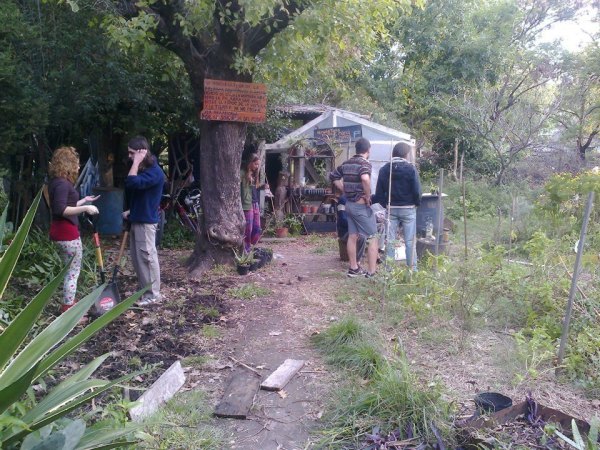
University Extension Program in School and Community Gardens (PEUHEC)
This School and Community Gardens program began operating in 1997 at the Faculty of Agronomy of the University of Buenos Aires. Through it, it seeks to respond to numerous requests from various groups and organizations of the Autonomous City of Buenos Aires and its suburbs, which demand technical advice and support in the organization of orchards for purposes not only of self-sufficiency, but also educational and therapeutic.. On the other hand, it seeks to respond to a demand from students of the Faculty of Agronomy with a clear awareness of the social role of the profession, who year after year seek to have an experience of theoretical-practical training.
As you can see, Buenos Aires is a city where urban gardens are the order of the day. Being a very large city, it is very difficult to be able to talk about all its orchards, but we encourage you to tell us about the ones you miss and, if necessary, we will make another post to talk about them. I hope you have found this article about urban gardens in Buenos Aires very interesting and see you in the next one!

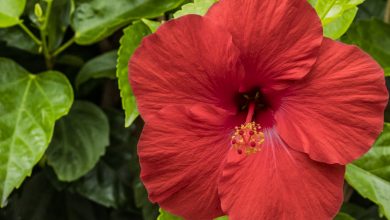
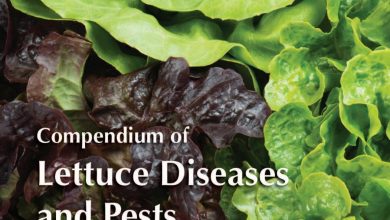
![Photo of Begonia Rex: [Cultivation, Substrate, Irrigation, Associations, Pests and Diseases]](https://www.complete-gardening.com/wp-content/uploads/2022/08/begonia-rex-cultivation-substrate-irrigation-associations-pests-and-diseases-390x220.jpg)
